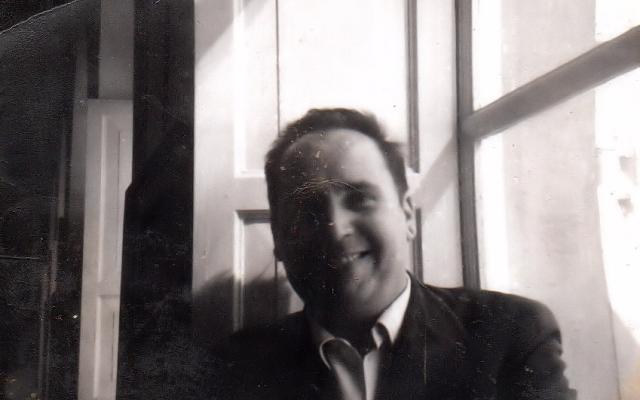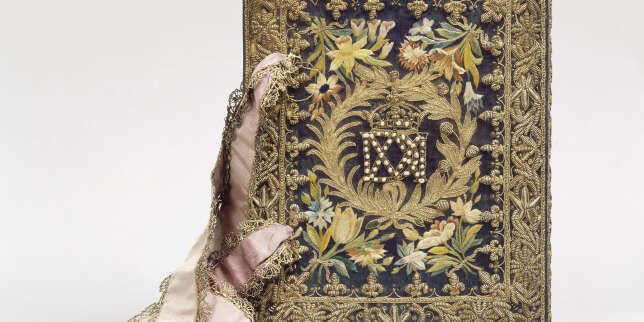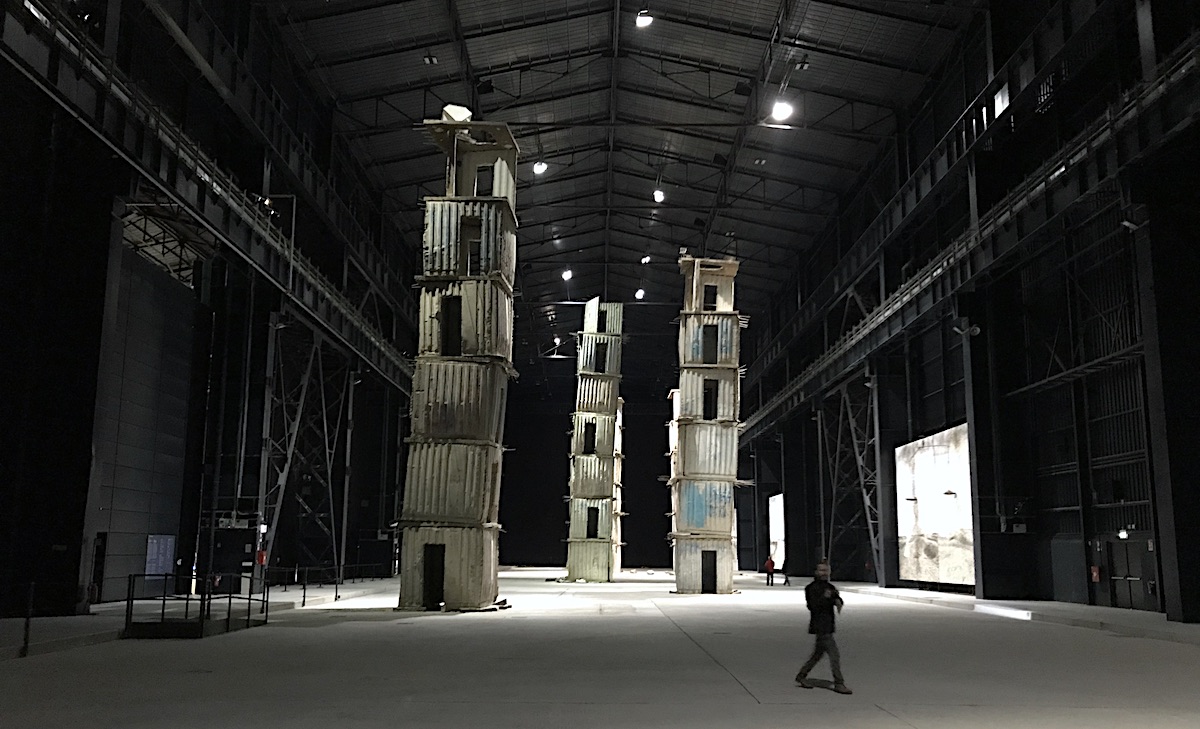Comparative Monument (Palestine)
2012 - Installation (Installation)
50 × 50 cm each
Tom Nicholson
Tom Nicholson’s Comparative Monument (Palestine) engages a peculiar Australian monumental tradition: war monuments that bear the name “Palestine”. Countless of these monuments were built immediately after World War 1 to commemorate the presence of Australian troops in Palestine. The Australian troops had entered Palestine in 1917 after fighting the Turks threatening the Suez Canal with the British, when the main focus was on the European fronts rather than on the Middle East campaign. Scattered all over Australia, these monuments also reflect the realities of the 1920s (when they were erected) during the era of the British mandate, when the name Palestine implicitly invoked the shared position of Australia and Palestine within British imperialism. Comparative Monument (Palestine) takes the form of nice stacks of posters for visitors to take away. Each poster is a proposal for a new monument bearing the name “Palestine” in and around Melbourne. Re-animating these linkages between Australia and Palestine, the posters implicate the events and repercussions of 1948 Palestine war till today, along with their echoes of Australian Aboriginal experiences of dispossession and colonial violence. Each poster features different forms such as pavilions, rotundas, obelisks, cenotaphs, and elevated statues of Australian soldiers. The stacks never exceed knee height. Visitors are encouraged to remove posters and display them elsewhere, in the process partially privatizing and diluting this particular memory with other, unknown, memories. Comparative Monument (Palestine) attempts to rethink the possibilities of the monument in the face of Australia’s histories of dispossession, and the acts of imagination and solidarity these histories demand. The work also deploys printed matter to generate ephemeral public actions, in particular through processes of distribution that generate a field of dispersed social encounters.
Tom Nicholson is trained in drawing, a medium which he has used to think about the relationships between public actions and their traces, between propositions and monuments, and between writing and images. He has made a number of works engaging aspects of Australia’s colonial history, using combinations of drawings, monumental forms, and posters, often articulating these histories in relation to the histories of other places. His work is often nourished by his disciplinary training in drawing, and particularly drawing’s character as a prospective form, or a process dedicated to meditating upon forms that are yet-to-be. Works like Comparative Monument (Palestine) (2012) and Unfinished Monument to Batman’s Treaty (2011) deploy printed matter to generate ephemeral public actions, in particular through processes of distribution that generate a field of dispersed social encounters.
Colors:
Related works sharing similar palette

© » KADIST
Colter Jacobsen
2007Victory at Sea is a simple mechanism made from cardboard and found materials that mimics the Phenakistoscope, an early cinematic apparatus...

© » ARTS EQUATOR
Tender reading: A review of Loss Adjustment by Linda Collins | ArtsEquator Thinking and Talking about Arts and Culture in Southeast Asia Articles January 28, 2021 By Grace Foo (650 words, 3-minute read) Not many people can endure the traumatic experience of losing a child to suicide, let alone be of sound mind to write about it in a painfully self-aware manner...

© » KADIST
Birender Kumar Yadav
2016Birender Kumar Yadav comes from Dhanbad, India, a city built on its proximity of iron ore and coal and once forested and inhabited by Indigenous people who compose the Gondwana...

© » ARTS EQUATOR
In a Material World: IMPART Collectors’ Show 2020 & Justice for All | ArtsEquator Thinking and Talking about Arts and Culture in Southeast Asia ArtsEquator Viewpoints Courtesy of artists January 3, 2020 By Aditi Shivaramakrishnan (1,200 words, 5-minute read) When it comes to analysing an artwork, the artist’s choice of materials can be as revelatory as other elements in suggesting what they might wish to communicate...

© » ART & OBJECT
Exploring the Meaning of the Archive for Marco Almaviva | Art & Object Skip to main content Subscribe to our free e-letter! Webform Your Email Address Role Art Collector/Enthusiast Artist Art World Professional Academic Country USA Afghanistan Albania Algeria American Samoa Andorra Angola Anguilla Antarctica Antigua & Barbuda Argentina Armenia Aruba Ascension Island Australia Austria Azerbaijan Bahamas Bahrain Bangladesh Barbados Belarus Belgium Belize Benin Bermuda Bhutan Bolivia Bosnia & Herzegovina Botswana Bouvet Island Brazil British Indian Ocean Territory British Virgin Islands Brunei Bulgaria Burkina Faso Burundi Cambodia Cameroon Canada Canary Islands Cape Verde Caribbean Netherlands Cayman Islands Central African Republic Ceuta & Melilla Chad Chile China Christmas Island Clipperton Island Cocos (Keeling) Islands Colombia Comoros Congo - Brazzaville Congo - Kinshasa Cook Islands Costa Rica Croatia Cuba Curaçao Cyprus Czechia Côte d’Ivoire Denmark Diego Garcia Djibouti Dominica Dominican Republic Ecuador Egypt El Salvador Equatorial Guinea Eritrea Estonia Eswatini Ethiopia Falkland Islands Faroe Islands Fiji Finland France French Guiana French Polynesia French Southern Territories Gabon Gambia Georgia Germany Ghana Gibraltar Greece Greenland Grenada Guadeloupe Guam Guatemala Guernsey Guinea Guinea-Bissau Guyana Haiti Heard & McDonald Islands Honduras Hong Kong SAR China Hungary Iceland India Indonesia Iran Iraq Ireland Isle of Man Israel Italy Jamaica Japan Jersey Jordan Kazakhstan Kenya Kiribati Kosovo Kuwait Kyrgyzstan Laos Latvia Lebanon Lesotho Liberia Libya Liechtenstein Lithuania Luxembourg Macao SAR China Madagascar Malawi Malaysia Maldives Mali Malta Marshall Islands Martinique Mauritania Mauritius Mayotte Mexico Micronesia Moldova Monaco Mongolia Montenegro Montserrat Morocco Mozambique Myanmar (Burma) Namibia Nauru Nepal Netherlands Netherlands Antilles New Caledonia New Zealand Nicaragua Niger Nigeria Niue Norfolk Island Northern Mariana Islands North Korea North Macedonia Norway Oman Outlying Oceania Pakistan Palau Palestinian Territories Panama Papua New Guinea Paraguay Peru Philippines Pitcairn Islands Poland Portugal Puerto Rico Qatar Romania Russia Rwanda Réunion Samoa San Marino Saudi Arabia Senegal Serbia Seychelles Sierra Leone Singapore Sint Maarten Slovakia Slovenia Solomon Islands Somalia South Africa South Georgia & South Sandwich Islands South Korea South Sudan Spain Sri Lanka St...

© » KADIST
Christopher Badger
2011Drowned Wood Standing Coiled (2011) consists of two sculptures, inextricably linked...

© » LE MONDE
« L’Art du livre », de Michel Melot et Anne Zali : la splendeur à l’ouvrage Offrir Le Monde Article réservé aux abonnés Reliure originale en soie violette brodée d’or, fleurs et ornements en soie, chiffre de Marie de Médicis et couronne en perles fines, dos long à semé de fleurs de lis dans un encadrement, ruban de gros de Tours parme, avec lisière en dentelle dorée...

© » ARTS EQUATOR
Weekly Picks: Singapore (25 February – 3 March 2019) | ArtsEquator Thinking and Talking about Arts and Culture in Southeast Asia Weekly To Do February 25, 2019 Still Life by Checkpoint Theatre , opening 28 February, 72-13 Mohammed Sultan Road What happens when an artist picks up her paintbrush after a long hiatus? Does the body still remember what has been lived? Or are the senses dulled by time, the joints fused with experience? Still Life is an affecting look at life and art-making...

© » KADIST
Felipe Arturo
2012Primero estaba el mar ( First Was the Sea , 2012) is a system of equivalences between syllables and silhouettes of waveforms cast in cement...

© » KADIST
Anju Dodiya
2022The Shedding by Anju Dodiya is part of a series of mattress paintings the artist creates using fabric stretched on padded and shaped boards...

© » KADIST
Fabiola Torres-Alzaga
2013Fabiola Torres-Alzaga plays with magic, illusion, and sleight-of-hand, fabricating installations, drawings, and films that toy with our perceptions...









